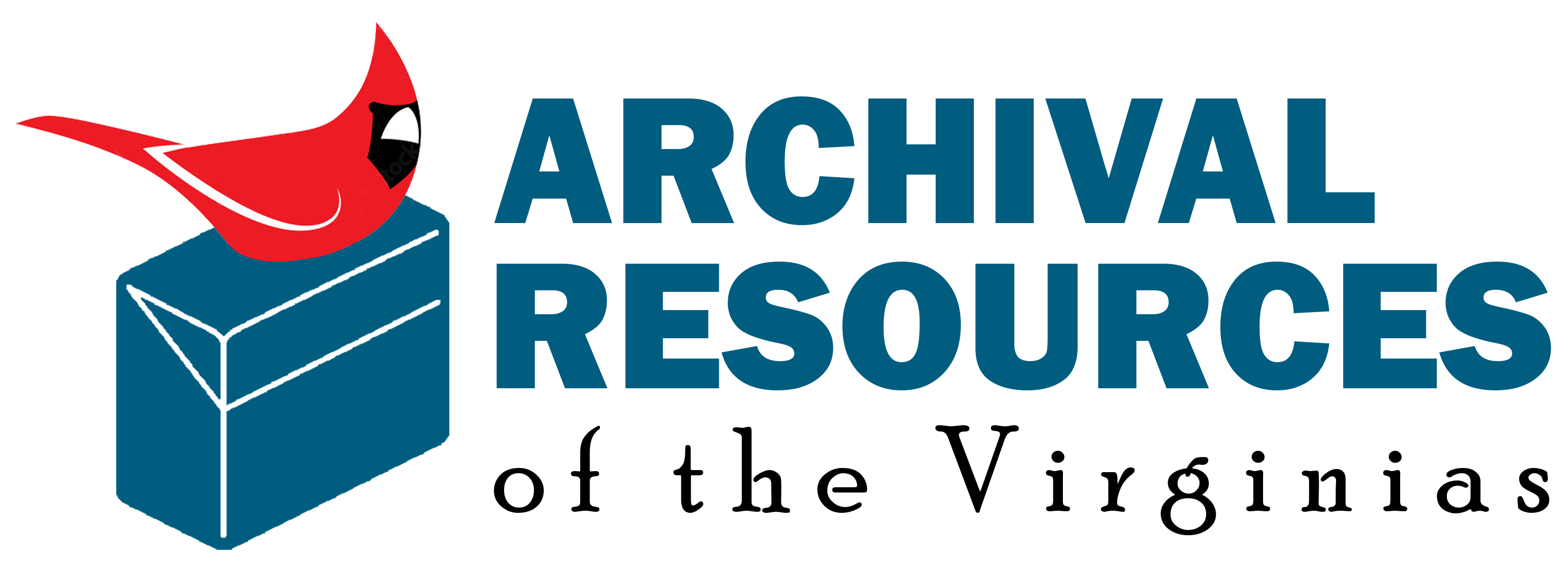- Repository:
- Virginia Military Institute Archives
- Published:
- unknown
- Subjects:
- Virginia Military Institute—Academics—History—19th century | Virginia Military Institute—Cadet compositions—Poetry | Virginia Military Institute—Cadet drawings | Virginia Military Institute—Cadet life—1850-1859 | Virginia Military Institute—Curricula | Virginia Military Institute—Class of 1855 | Mathematics—Study and teaching
Virginia Military Institute—Cadet drawings in subject [X]
ARVAS is an aggregator of archival resources. ARVAS does not have control of the descriptive language used in our members’ finding aids. Finding aids may contain historical terms and phrases, reflecting the shared attitudes and values of the community from which they were collected, but are offensive to modern readers. These include demeaning and dehumanizing references to race, ethnicity, and nationality; enslaved or free status; physical or mental ability; religion; sex; and sexual orientation and gender identity. Many institutions and organizations are in the process of reviewing and revising their descriptive language, with the intent to describe materials in more humanizing, inclusive, and harm-reductive ways. As members revise their descriptive language, their changes will eventually be reflected in their ARVAS finding aids
- Repository:
- Virginia Military Institute Archives
- Published:
- unknown
- Subjects:
- Virginia Military Institute—Academics—History—19th century | Virginia Military Institute—Class of 1883 | Virginia Military Institute—Cadet life—1880-1889 | Virginia Military Institute—Cadet drawings | Virginia Military Institute—Cadet compositions—Poetry | University of Virginia—Students | Swarthmore College—Students
- Repository:
- Virginia Military Institute Archives
- Published:
- unknown
- Repository:
- Virginia Military Institute Archives
- Published:
- 2024
- Subjects:
- Confederate States of America. Army—Alabama Infantry Regiment, 44th | Virginia Military Institute—Cadet life—1840-1849 | Military education—Georgia—History | Education—Georgia—History | Military education—Alabama—History | Education—Alabama—History | Presbyterian Church in the U.S.—Presbytery of Lexington | Episcopal Church—Alabama—History | United States—History—Civil War, 1861-1865—Personal narratives—Confederate | Virginia Military Institute—Class of 1848 | Virginia Military Institute—Academics—History—19th century | Virginia Military Institute—Social life and customs | Commencement ceremonies | Mexican War, 1846-1848 | Georgia Military Institute (Marietta, Ga.) | United States—History—Civil War, 1861-1865 | Virginia Military Institute—Cadet drawings | Slavery | Devotional poetry | Place cards | Invitation cards | Composition (Language arts) | Wild flowers | Directories | Textile fabrics | Medical education
